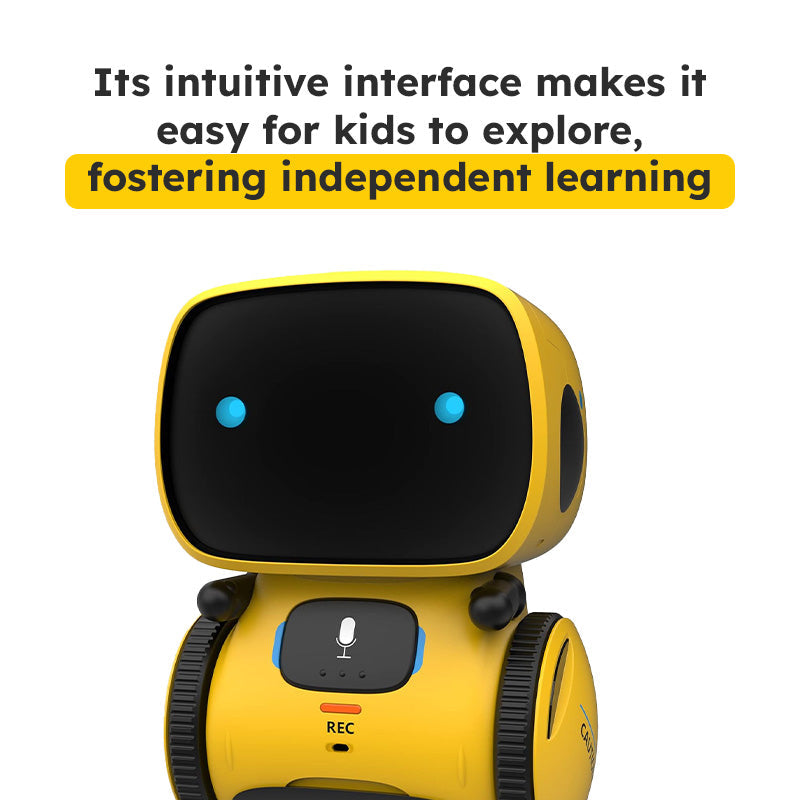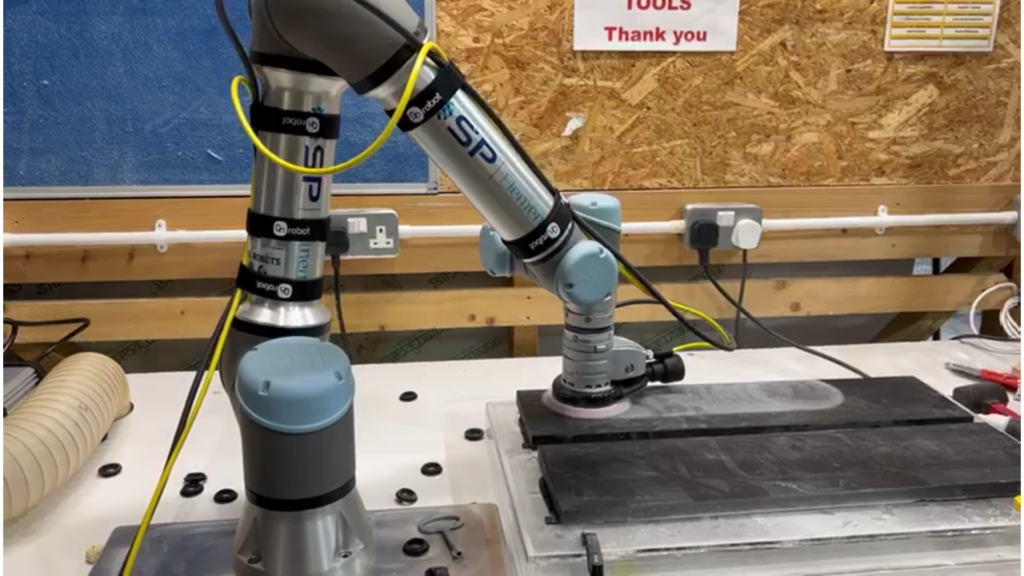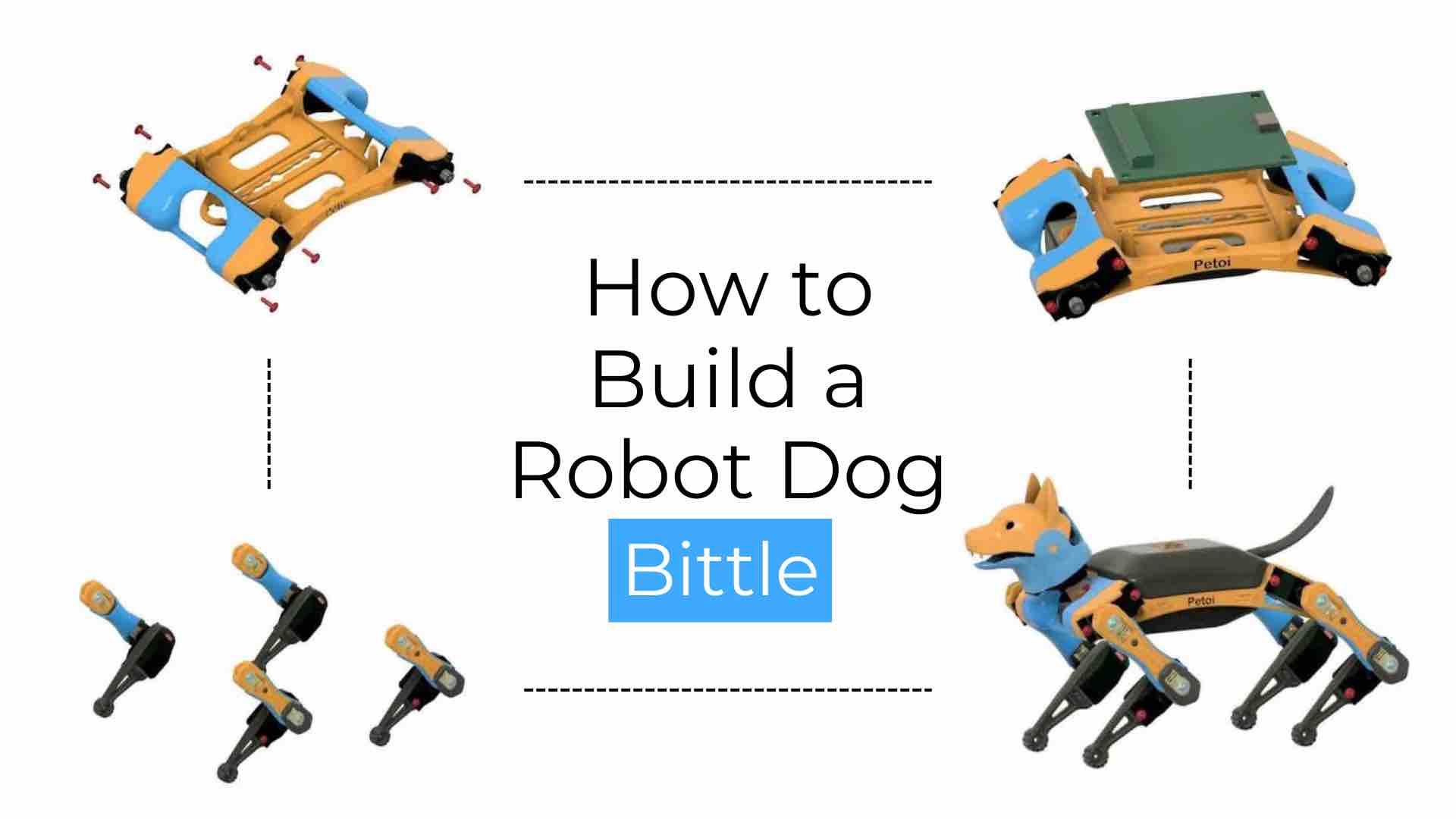How to Build a Food Robot for Delivery Services?
Food delivery services have become increasingly popular over the years, with more and more people opting for the convenience of having their favorite meals delivered right to their doorstep. With the rise of automation in various industries, the idea of using robots for food delivery has gained traction as well. In this article, we will explore how you can build your own food robot for delivery services.
1. Define Your Requirements
Before you start building a food robot, it’s essential to define your requirements. Consider factors such as the size of the robot, the weight it needs to carry, the distance it needs to travel, and the terrain it will operate on. These requirements will help you determine the specifications and features that your food robot needs to have.
2. Choose the Right Components
Once you have a clear understanding of your requirements, it’s time to choose the right components for your food robot. This includes motors, sensors, controllers, and other electronic components. Make sure to select high-quality components that are durable and reliable to ensure the smooth operation of your robot.
3. Design the Robot
Designing the robot is a crucial step in the construction process. Create a detailed blueprint of your food robot, including its dimensions, structure, and component placement. Consider factors such as balance, stability, and ease of movement when designing the robot to ensure optimal performance.
4. Assemble the Robot
Once you have the design ready, it’s time to assemble the robot. Follow the blueprint you created, and carefully assemble each component according to the specifications. Pay attention to the wiring and connections to ensure that everything is properly connected and secured.
5. Program the Robot
Programming is a crucial step in building a food robot. Write the code that will control the robot’s movement, navigation, and interaction with the environment. Test the code thoroughly to identify and fix any bugs or errors that may affect the robot’s performance.
6. Test and Optimize
Once the robot is assembled and programmed, it’s time to test its performance. Conduct thorough tests to evaluate the robot’s speed, agility, and reliability. Identify any areas that need improvement and optimize the robot’s design and programming accordingly.
7. Implement Safety Features
Safety should be a top priority when building a food robot for delivery services. Implement safety features such as obstacle detection, emergency stop buttons, and fail-safe mechanisms to ensure the safety of the robot and the people around it. Test these safety features rigorously to ensure their effectiveness.
8. Deploy the Robot
Once your food robot is ready, it’s time to deploy it for delivery services. Start with a small-scale operation to test the robot’s performance in a real-world environment. Gather feedback from users and make any necessary adjustments to improve the robot’s efficiency and reliability.
9. Maintain and Update
Regular maintenance is essential to keep your food robot in optimal condition. Schedule routine checks to ensure that all components are functioning correctly and replace any worn-out parts as needed. Update the robot’s software regularly to incorporate new features and improvements.
10. Conclusion
Building a food robot for delivery services requires careful planning, design, and execution. By following the steps outlined in this article, you can create a reliable and efficient robot that can revolutionize the food delivery industry. Remember to prioritize safety and quality in every step of the construction process to ensure the success of your food robot.
How to Build a Food Robot for Delivery Services?
Food delivery services have become increasingly popular over the years, with more and more people opting for the convenience of having their favorite meals delivered right to their doorstep. With the rise of automation in various industries, the idea of using robots for food delivery has gained traction as well. In this article, we will explore how you can build your own food robot for delivery services.
1. Define Your Requirements
Before you start building a food robot, it’s essential to define your requirements. Consider factors such as the size of the robot, the weight it needs to carry, the distance it needs to travel, and the terrain it will operate on. These requirements will help you determine the specifications and features that your food robot needs to have.
2. Choose the Right Components
Once you have a clear understanding of your requirements, it’s time to choose the right components for your food robot. This includes motors, sensors, controllers, and other electronic components. Make sure to select high-quality components that are durable and reliable to ensure the smooth operation of your robot.
3. Design the Robot
Designing the robot is a crucial step in the construction process. Create a detailed blueprint of your food robot, including its dimensions, structure, and component placement. Consider factors such as balance, stability, and ease of movement when designing the robot to ensure optimal performance.
4. Assemble the Robot
Once you have the design ready, it’s time to assemble the robot. Follow the blueprint you created, and carefully assemble each component according to the specifications. Pay attention to the wiring and connections to ensure that everything is properly connected and secured.
5. Program the Robot
Programming is a crucial step in building a food robot. Write the code that will control the robot’s movement, navigation, and interaction with the environment. Test the code thoroughly to identify and fix any bugs or errors that may affect the robot’s performance.
6. Test and Optimize
Once the robot is assembled and programmed, it’s time to test its performance. Conduct thorough tests to evaluate the robot’s speed, agility, and reliability. Identify any areas that need improvement and optimize the robot’s design and programming accordingly.
7. Implement Safety Features
Safety should be a top priority when building a food robot for delivery services. Implement safety features such as obstacle detection, emergency stop buttons, and fail-safe mechanisms to ensure the safety of the robot and the people around it. Test these safety features rigorously to ensure their effectiveness.
8. Deploy the Robot
Once your food robot is ready, it’s time to deploy it for delivery services. Start with a small-scale operation to test the robot’s performance in a real-world environment. Gather feedback from users and make any necessary adjustments to improve the robot’s efficiency and reliability.
9. Maintain and Update
Regular maintenance is essential to keep your food robot in optimal condition. Schedule routine checks to ensure that all components are functioning correctly and replace any worn-out parts as needed. Update the robot’s software regularly to incorporate new features and improvements.
10. Conclusion
Building a food robot for delivery services requires careful planning, design, and execution. By following the steps outlined in this article, you can create a reliable and efficient robot that can revolutionize the food delivery industry. Remember to prioritize safety and quality in every step of the construction process to ensure the success of your food robot.



